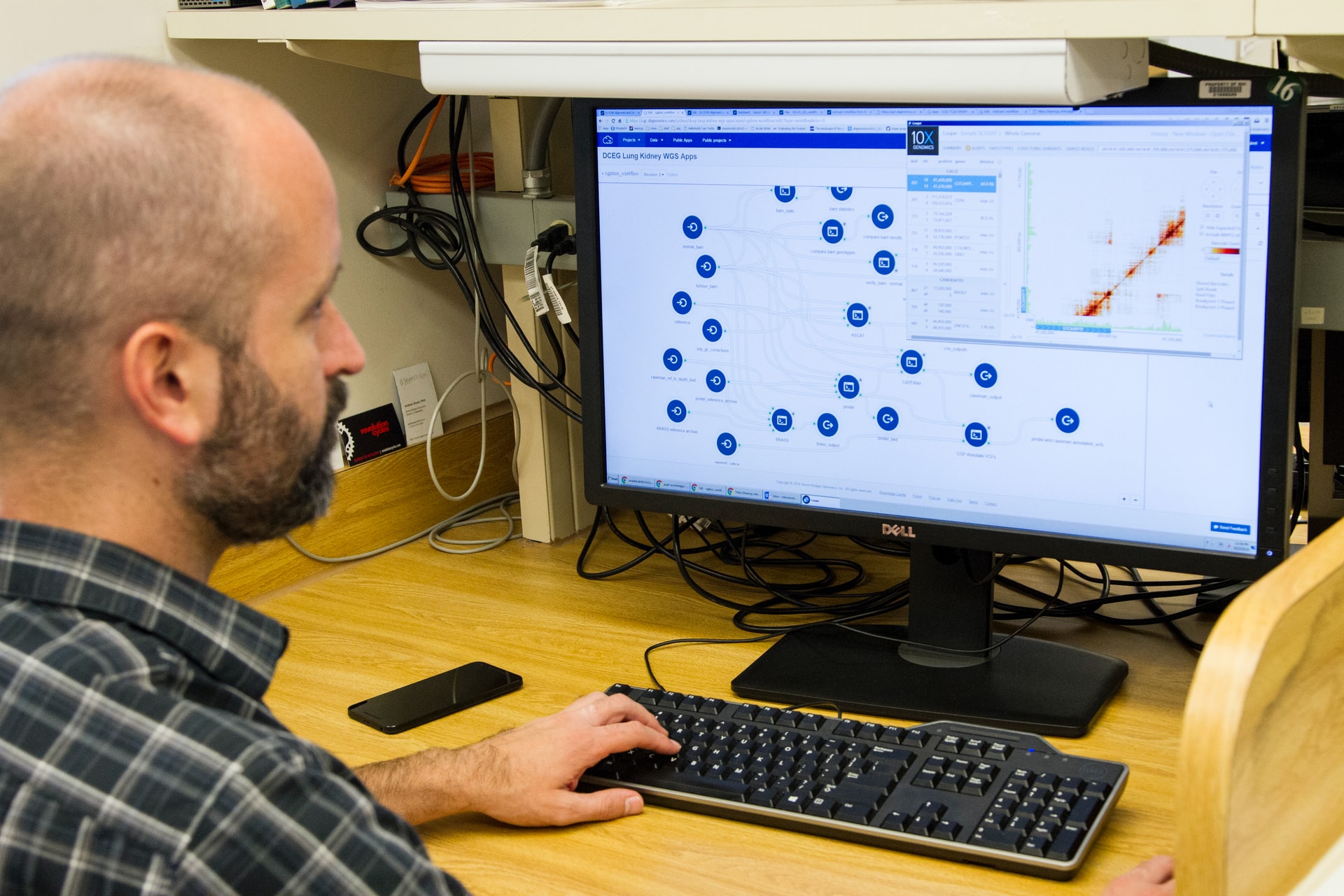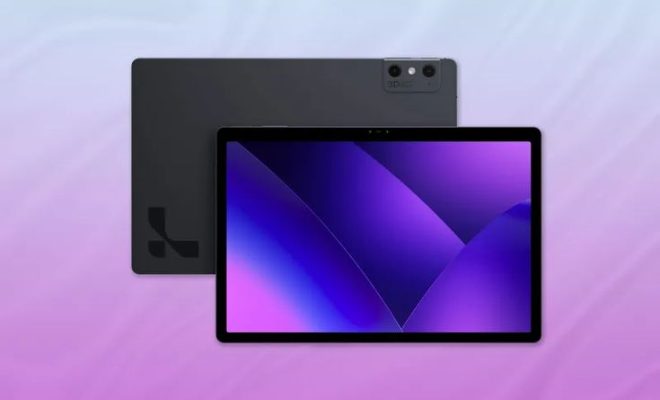10 Things to Know About Poverty and Technology

Technology has been taunted as the solution to poverty, especially the generational one. It offers several opportunities to end poverty, but in some areas, it may also increase poverty. Here are ten things to know about poverty and technology.
Technology brings the required tools to enhance value
One way to increase earnings is to improve the value of the services supplied. Use of technology improves the quality of output, hence, fetching the worker a better price. For example, it may help enhance farming or add value to food crops to get a higher price.
Reduces the cost of doing work
Technology reduces the cost of doing much of the work. The lower cost of production helps to increase the profit margin, which is essential in eradicating poverty.
Technology opens doors for new opportunities
Technology opens up doors for new opportunities to do business or work. In turn, it increases the household incomes among the poor population. For example, it may allow access to foreign markets or the ability to tap into the gig economy.
Unequal access to information contributes to the widening gap between the rich and poor
Unequal access to information and communication is partly liable for growing parity between the rich and the poor. The digital divide has allowed one group to access the right tools to develop while another languishes in poverty.
Technology brings efficiency
Technology helps improve the means by which factors of production are distributed and utilized. It helps communities and individuals use these factors profitably. For example, farmers can learn how to improve their cow breeds for higher yield or new crops through agricultural apps.
Technology helps charities and fundraisers stand with the poor
Most charities are using the internet and peer-to-peer platforms to raise cash to help the poor or support innovations to improve the welfare of the needy miles away.
Technology helps fight corruption
Most of the countries with extreme poverty also have runaway corruption. The use of technologies such as Mpesa allows funds or aid to reach the intended individuals without getting lost in corruption. Technology also helps in better monitoring of projects.
Technology increases knowledge
Lack of adequate education is one of the biggest challenges to curbing poverty. The internet and other technologies such as TV are able to educate the masses on various issues including better production, hygiene and dealing with disease outbreaks. Access to information also enhances innovation.
The impact of technology on poverty depends on the right information
The effect of the technology on poverty depends on access to the right information and in a manner that it can help the locals. Where illiteracy is high, conventional information on the internet cannot bring any change. Information has to be palatable for it to make an impact.
Technology helps better manage natural catastrophes
Natural disasters such as earthquakes, drought, and flooding affect the rural population the most. However, the use of mobile phones and social media has helped save lives in the past by putting the local population on high alert when there is an impending disaster. It also helps educate the locals on what to do should disaster strike.






